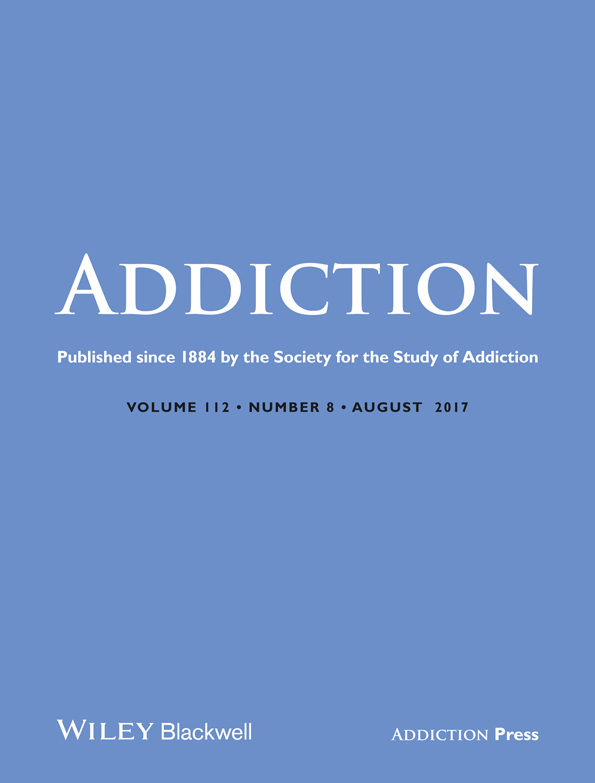Reply to Osborne & Serdarevic (2017): Potential impact of exposure definition when examining non-medical use of prescription opioids among US veterans
We thank Ms Osborne and Ms Serdarevic for their letter 1 and appreciate their comments regarding our paper, which demonstrated an independent association between non-medical use of prescription opioids (NMUPO) and heroin initiation among US veterans 2. As they note in their letter, we acknowledged that a limitation of our study was the fact that there were two different versions of the survey instrument, leading us to define non-medical use based on responses to an item referencing ‘any use of prescription opioids in the past 12 months’, for the first two waves of the survey. In subsequent waves, we adopted a definition of non-medical use set forth by the National Survey on Drug Use and Health (NSDUH), which defines NMUPO as ‘using a prescription pain reliever even once, that was not prescribed for you, or that you took for the experience or feeling it caused’ 3. While we agree with the authors that the former definition may have included some prescribed use, we would like to clarify that this item was placed among a panel of questions asking about other illicit substance use (e.g. cocaine, methamphetamine and heroin). Therefore, we believe this context encouraged study participants to report illicit prescription opioid use, not the use of opioids as prescribed by their health-care providers.
Ms Osborne and Ms Serdarevic suggested that we re-run our analysis using only the three waves of surveys in which the definition of NMUPO was consistent with NSDUH's. However, we are concerned that the resulting estimate would be biased as a result of selection effects. The Veterans Aging Cohort Study (VACS) was conducted during a 10-year period, from 2002 to 2012, and the majority of heroin initiation events occurred after the first two waves of the survey. As such, the hazard ratio for NMUPO calculated using only the last three survey waves would have built-in selection bias, because those VACS participants who were most susceptible to initiating heroin use as a result of NMUPO may have done so earlier during the study period, a concept known as ‘depletion of the susceptibles’ 4. Additionally, as the precision of the hazard ratio depends upon the observed number of events (in this case heroin initiation events), when the event rates are low, the resulting confidence interval can be quite large 5. Unfortunately, there were not sufficient events to assess the relationship between NMUPO and heroin initiation stratified by survey wave.
In conclusion, we agree that difference in definitions of NMUPO used in the analysis is a limitation of our study. In our work and in others, further research is needed to understand more clearly the validity of various definitions of NMUPO, and how they relate to diverse motivations for the non-medical use of prescription opioids in different populations 6.
Declaration of interest
None.




